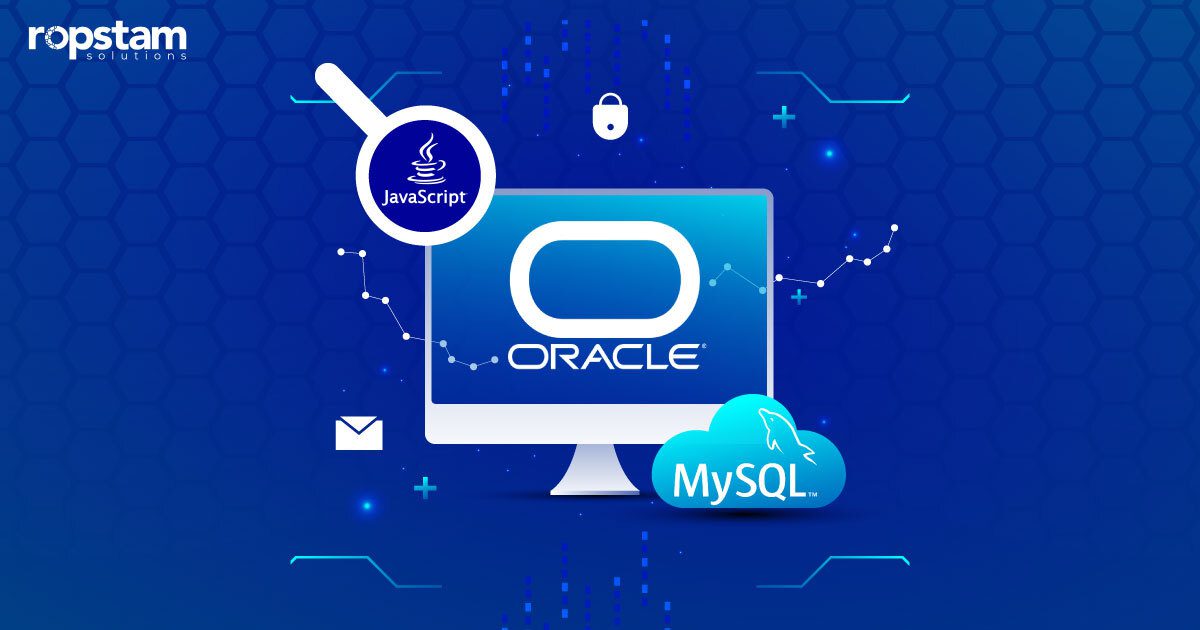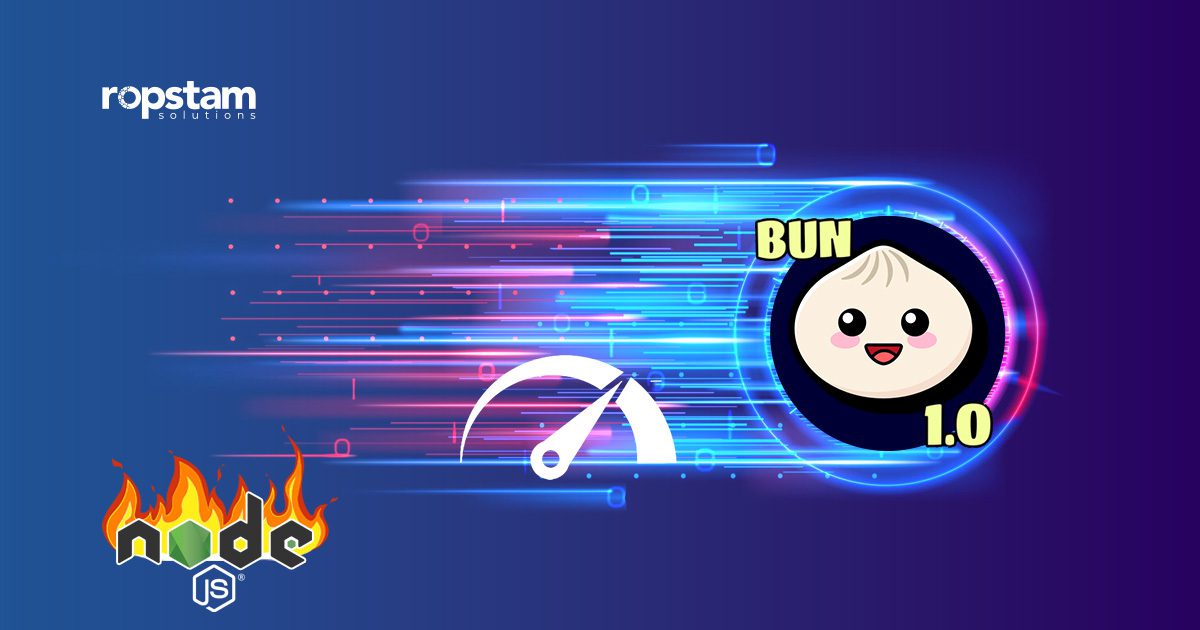Meta has recently unveiled an AI-powered tool specific for coding purposes. Code Llama, which is available to the general public in several versions, is a machine-learning system that has the ability to generate and explain code in natural language – particularly English.
Code Llama, a large language model (LLM), uses text input to generate code. This AI model boasts the unique ability to generate code from both natural language prompts and code. A natural language prompt can consist of any command, such as “Generate prime numbers less than 100”. Another feature of Code Llama is its ability to complete and debug any code in programming languages such as Python, C++, PHP, JavaScript, and TypeScript.
In order to access Code Llama, you have the fill out a form from the official Meta AI webpage to join the queue of those requesting access to this tool. Code Llama, free for research and commercial usage, has been released in three sizes: 7 billion, 13 billion, and 34 billion parameters, respectively. Each version has been trained with a code of 500 billion tokens to ensure an acceptable level of accuracy.
To illustrate the ever-increasing popularity of AI tools for code generation and completion, approximately 400 software companies are currently leveraging Copilot today. Thanks to Copilot, developers in these organizations are coding at a speed 55% faster than before.

This code generation tool, however, comes with some security risks. While experiments showed that Code Llama didn’t generate ransomware code after being given a direct prompt, it can produce a code for encrypting files for input of slight variations.
There are also some restrictions imposed on how developers can use this powerful code-generation tool. You have to agree that Code Llama won’t be used for generating malicious/harmful code. Also, a special license is needed to deploy the code on a platform that boasts more than 700 million monthly active users.














